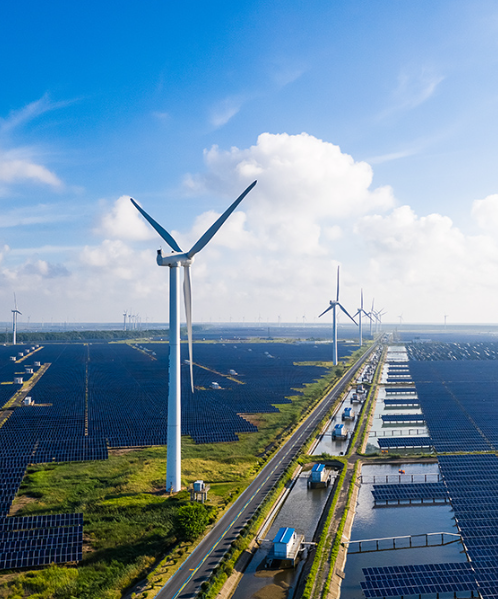
Managing Supply Chain Emissions: A Path to Sustainability
In an era where environmental impact is a growing concern, companies are increasingly focused on reducing their carbon footprints. Achieving carbon neutrality, however, requires a strategic approach that spans everything from large-scale initiatives to minute operational details. From collaborating with eco-friendly suppliers to adopting renewable energy sources, businesses have multiple tactics to reduce supply chain emissions and contribute to a sustainable future.
Retailers and e-commerce giants like Amazon, Walmart, and Kroger have made ambitious carbon-neutrality pledges, understanding that addressing the complexities of the supply chain is key to achieving these goals. Walmart’s Project Gigaton, for example, is a prime initiative aimed at reducing emissions across the entire supply chain, not just within their own operations. While corporate commitments like Amazon’s Climate Pledge and Walmart’s efforts are commendable, reaching carbon neutrality will require cooperation throughout the entire supply chain, as it is responsible for up to 90% of a company’s emissions.
Collaboration: The Key to Tackling Supply Chain Emissions
The challenge of reducing carbon footprints is not one that can be tackled by companies working alone. According to the World Economic Forum, more than 50% of global carbon emissions stem from just eight industries: food, construction, fashion, FMCGs, electronics, automotive, professional services, and freight. This highlights the enormous scale of the issue and the urgent need for collective action.
Reducing a company’s carbon emissions is undoubtedly a daunting task, but every company can take actionable steps toward minimizing its impact. These actions, while small on their own, accumulate to make a substantial difference. Here are some practical steps businesses can take to reduce supply chain emissions:
- Conduct Carbon Footprint and Product Lifecycle Analyses: Assess your operations to pinpoint areas of high emissions and identify opportunities for improvement.
- Partner with Sustainable Suppliers: Encourage suppliers to set measurable sustainability goals and track their emission reductions, as Walmart does with its suppliers.
- Explore Alternative and Clean Energy: Invest in electric or fuel-efficient vehicles and renewable energy sources like wind and solar power. Tax incentives are often available for these eco-friendly energy options.
- Create Closed-Loop Systems: Embrace recyclability and reduce unnecessary transportation. For example, iGPS works with retail partners to inspect and return plastic pallets directly to manufacturers, reducing transportation miles and carbon emissions.
- Increase Transparency: Publish annual sustainability reports to show progress and hold your business accountable for its environmental impact.
- Use Lighter Packaging and Shipping Platforms: Switch to recyclable or biodegradable packaging and opt for lightweight pallets to minimize the carbon footprint of each shipment.
The Role of Plastic Pallets in Emissions Reduction
Switching from wood to recyclable plastic pallets is another significant step toward reducing supply chain emissions. The lighter weight of plastic pallets results in fuel savings, as each pound saved reduces fuel consumption. Additionally, in pallet pooling systems, plastic pallets are inspected by retailers and returned to manufacturers, minimizing unnecessary transportation.
Plastic pallets also last longer than wooden alternatives. An iGPS plastic pallet, for instance, can make around 100 trips before needing replacement, compared to only 25 trips for a typical wood pallet. This durability leads to fewer replacements, reducing the environmental footprint associated with pallet production and disposal. Furthermore, plastic pallets can be recycled at the end of their lifecycle, supporting a circular economy approach.
The modular design of plastic pallets allows for better space utilization, meaning more products can fit into fewer trucks. This reduces the number of shipments needed to transport the same amount of goods, ultimately saving fuel and further reducing emissions.
Conclusion: A Sustainable Future Ahead
Managing supply chain emissions is not just about enhancing business reputation — it’s about creating a cleaner, greener world for future generations. While the path to carbon neutrality is filled with challenges, businesses that commit to reducing their carbon footprint and take actionable steps toward sustainability will lead the way to a healthier planet. With collective efforts, smarter choices, and a focus on sustainability, companies can significantly contribute to tackling climate change while benefiting from operational efficiencies.